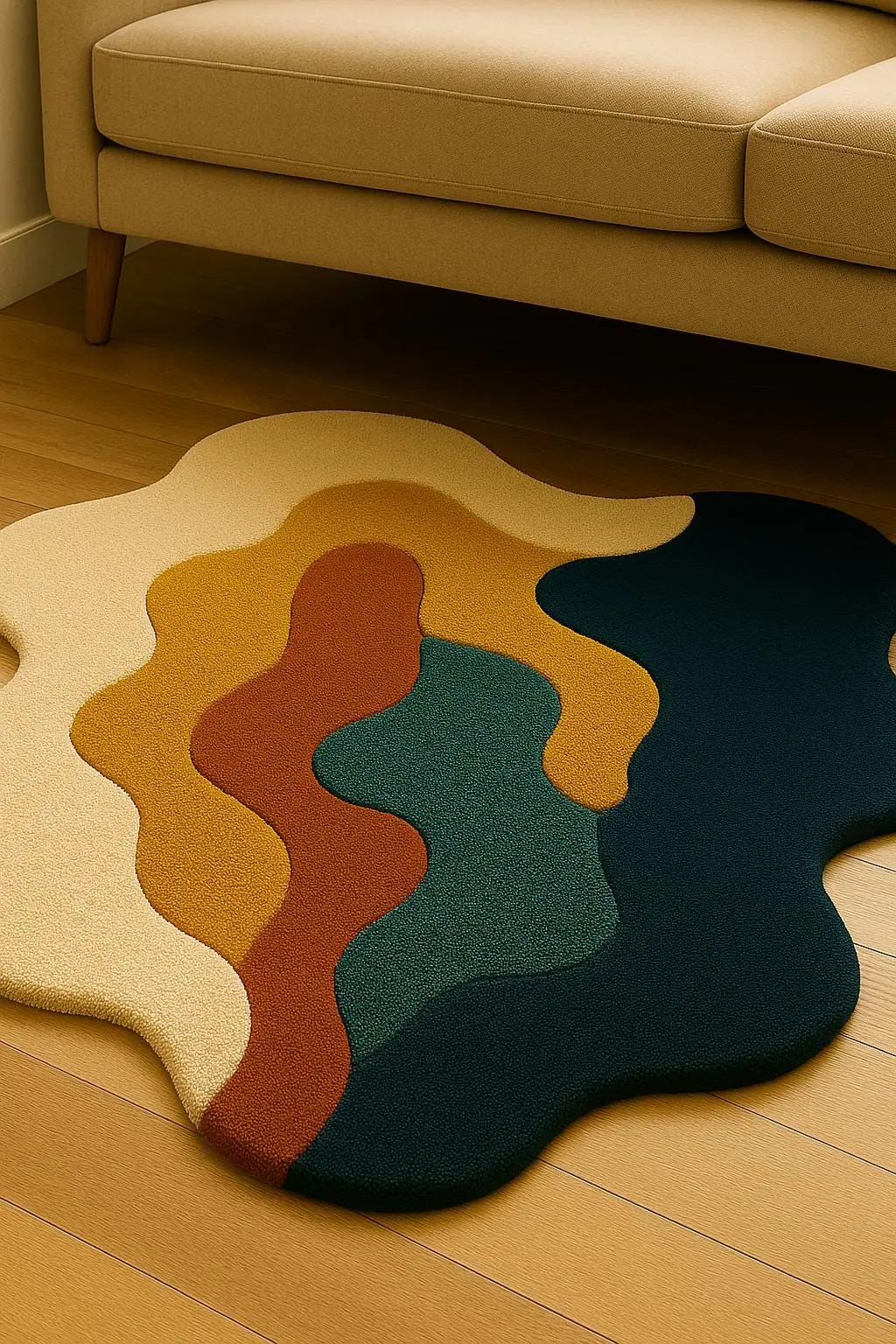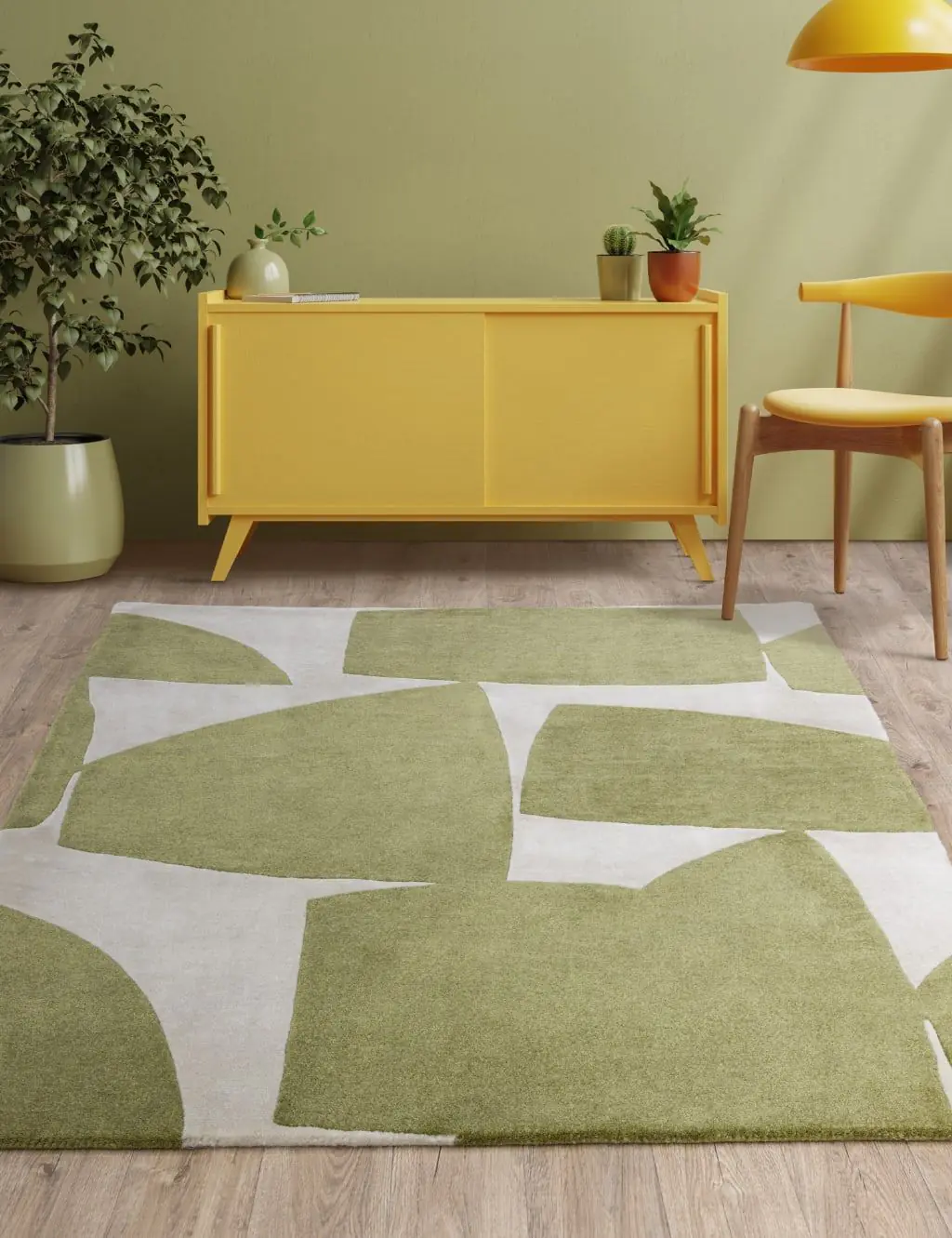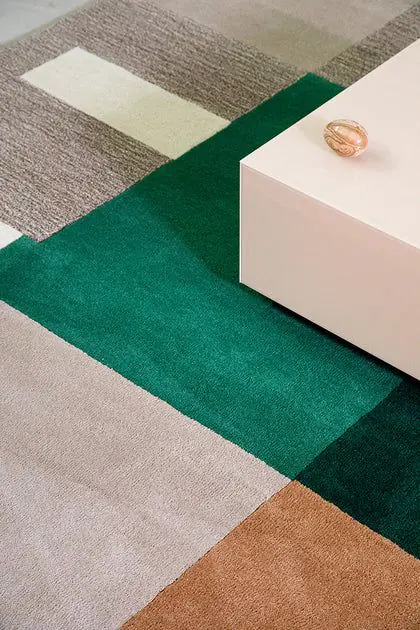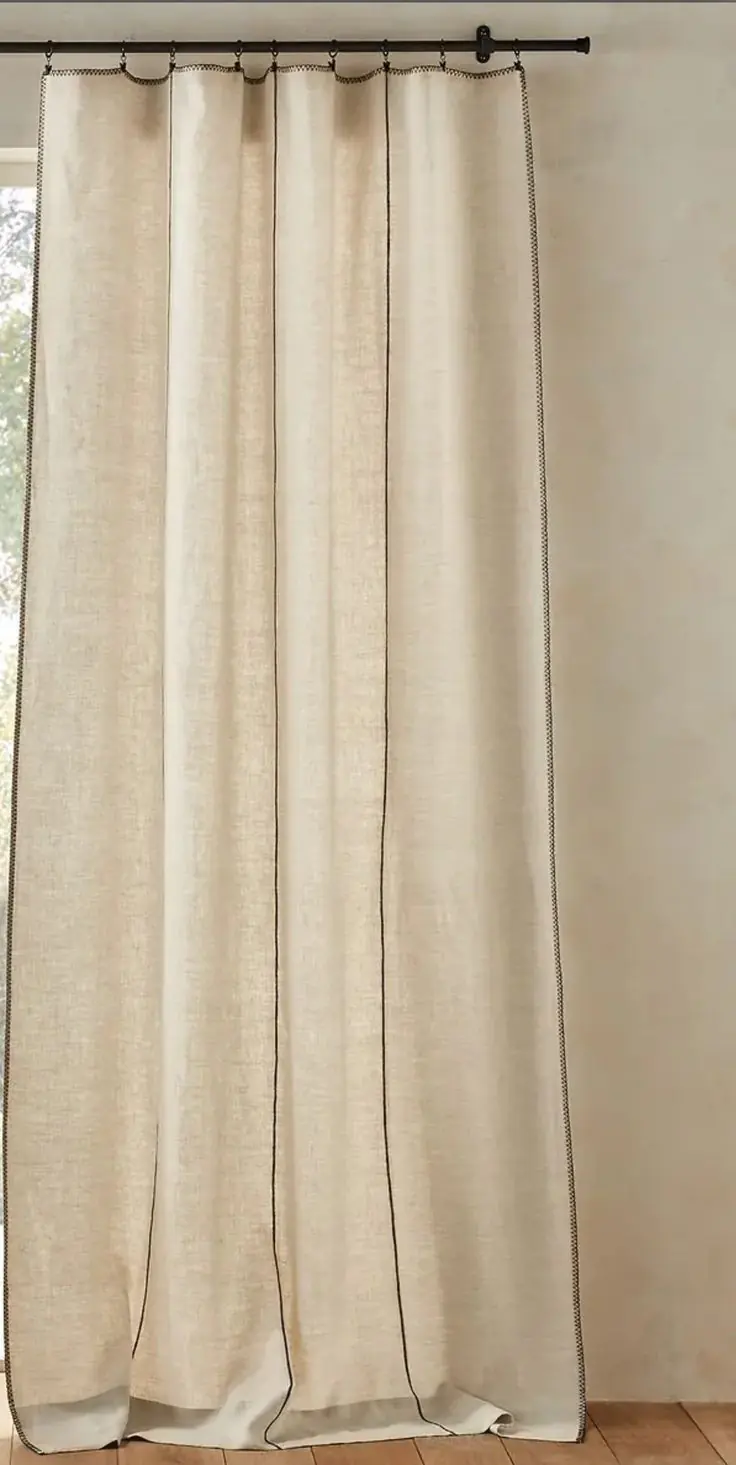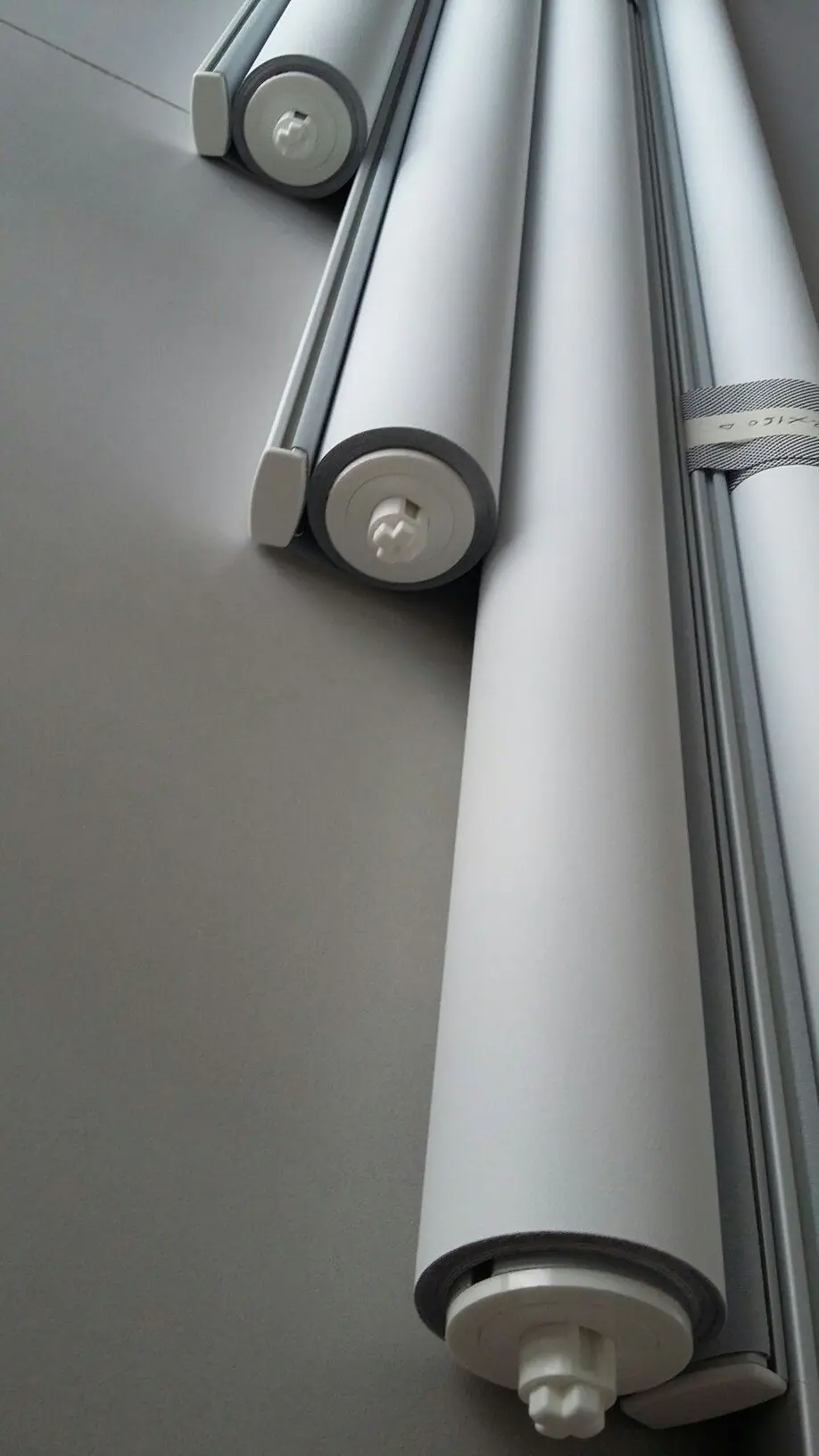From frozen tombs in Siberia to loft apartments in Manhattan, wool rugs have traveled the world as trusted companions of human life. They are soft underfoot, durable enough to outlast generations, and elegant enough to belong in both palaces and small cottages. Their story is not only about weaving but also about migration, trade, identity, and art. This article unfolds their long journey, weaving together history, craftsmanship, and the role wool rugs play in homes today.
- Introduction to Wool Rugs
- Early History of Wool Rugs
- Wool Rugs on the Silk Road
- Regional Traditions of Wool Rugs
- Qualities of Wool Rugs
- Wool vs Other Rug Materials
- Wool Rugs in Interior Design
- Weaving Techniques in Wool Rugs
- Wool Rugs as Cultural Identity
- Modern Usage of Wool Rugs Worldwide
- Care and Maintenance of Wool Rugs
- Investment and Value of Wool Rugs
- Sustainability and Wool Rugs
- Wool Rugs as Art and Heritage
- The Enduring Place of Wool Rugs
Introduction to Wool Rugs
Why wool became the fiber of choice
When early herders domesticated sheep thousands of years ago, wool became one of humanity’s most versatile resources. Unlike flax or cotton, wool fibers had elasticity, natural oils, and warmth. This made them ideal for both clothing and floor coverings. Wool could be spun into yarn, dyed with plants and minerals, and knotted into rugs that resisted wear. A wool rug was not only practical but symbolic of prosperity and hospitality.
Timeless appeal across cultures
From nomads in Central Asia to aristocrats in Europe, wool rugs have been part of everyday and ceremonial life. Their appeal lies in the balance of strength and softness. A wool rug can cushion feet, warm a cold floor, absorb sound, and anchor a room. Across cultures, laying down a rug is a sign that a space is ready to receive people, ready for conversation, celebration, or contemplation.
Early History of Wool Rugs
From the first domesticated sheep to woven rugs
Archaeologists trace wool use back over 10,000 years. Early weavers discovered that wool’s crimp and scales allowed it to interlock into sturdy fabrics. While primitive mats were likely simple flatweaves, the innovation of pile rugs came later, when artisans began knotting threads onto a base for thickness and comfort. These pile wool rugs became treasured possessions, often used in religious and social rituals.
The Pazyryk carpet and its significance
The oldest surviving pile rug, the Pazyryk carpet, was discovered in a Scythian burial mound in Siberia in the 1940s. Frozen in permafrost for over two millennia, it remains astonishingly intact. Woven in the 5th century BCE, it features intricate designs of deer, horses, and geometric patterns, all executed in dyed wool. The carpet demonstrates that ancient societies had already mastered sophisticated weaving techniques and that wool rugs were not just utilitarian but deeply symbolic works of art.
Wool Rugs on the Silk Road
Trade and exchange of patterns
As caravans traveled the Silk Road, wool rugs became a highly valued commodity. Traders carried them from Persia through Central Asia, into China and India, and eventually to Europe. Each rug carried more than warmth; it carried culture. Patterns crossed borders, influencing designs thousands of kilometers away. A medallion developed in Persia could appear in an Anatolian rug, while Central Asian tribal motifs could inspire Moroccan weavers.
Influence on design across continents
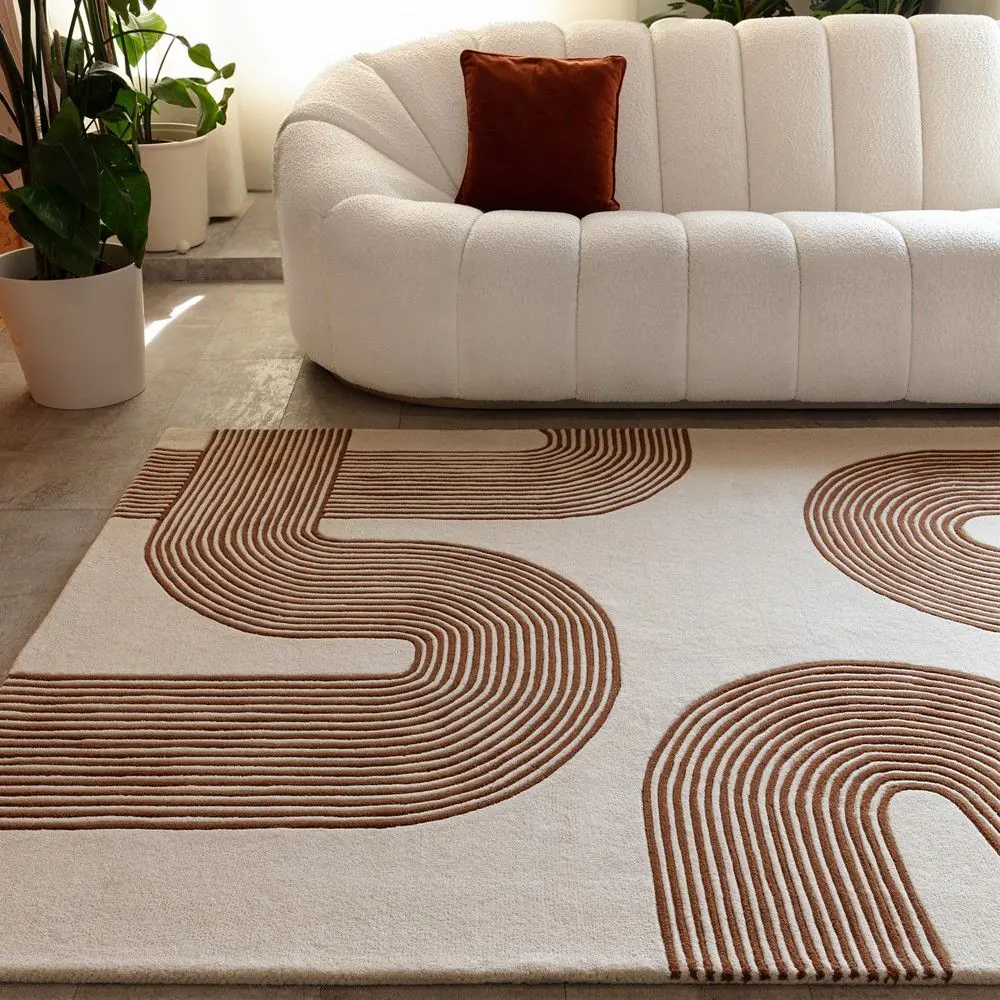
This cultural blending made wool rugs global long before globalization became a concept. European nobles imported Persian wool rugs during the Renaissance, displaying them on tables and walls as symbols of wealth. In Asia, rugs became diplomatic gifts, treasured for their craftsmanship. The trade of wool rugs was so significant that entire cities thrived on weaving and exporting them.
Regional Traditions of Wool Rugs
Persian and Central Asian masterpieces
Persian wool rugs remain the most famous. Known for their fine knot density and elaborate floral designs, they embody patience and artistry. Central Asian rugs, by contrast, often feature bold tribal motifs, telling stories through geometry. Both styles highlight wool’s adaptability to different cultural aesthetics.
Turkish kilims and Anatolian flatweaves
Turkey’s kilims, woven flat with no pile, show the power of simplicity. Their sharp, geometric motifs in strong colors served both decorative and symbolic purposes. Anatolian households used them not just on floors but as wall hangings and bedding covers.
Moroccan Berber wool rugs
Berber tribes in Morocco produced thick, shaggy wool rugs to survive the Atlas Mountains’ cold. Their abstract, symbolic patterns often in black and white have become iconic in contemporary design, beloved for their minimalism and authenticity.
European and Scandinavian traditions
Europe also developed wool rug traditions. In medieval castles, woven wool tapestries doubled as wall insulation and decoration. In Scandinavia, flatwoven wool rugs became part of everyday farmhouse life, characterized by muted colors and simple stripes. Today these Scandinavian designs define global minimalism.
Qualities of Wool Rugs
Durability and resilience
A wool rug can withstand generations of use. Wool fibers naturally bounce back after pressure, which means that even under heavy furniture, the pile eventually rises again. Antique wool rugs prove this resilience, surviving centuries in use.
Natural warmth and insulation
Wool rugs insulate against cold floors while remaining breathable in warmer seasons. This adaptability makes them suitable in a Swiss chalet, a Japanese tatami room, or a New York loft. Wool regulates temperature naturally, keeping comfort balanced.
Wool and natural dye absorption
Wool absorbs dyes beautifully, producing rich, long-lasting colors. From deep indigo blues to vibrant madder reds, wool rugs hold their patterns with clarity. Unlike synthetic fibers, wool ages gracefully, and its colors soften rather than fade harshly.
Wool vs Other Rug Materials
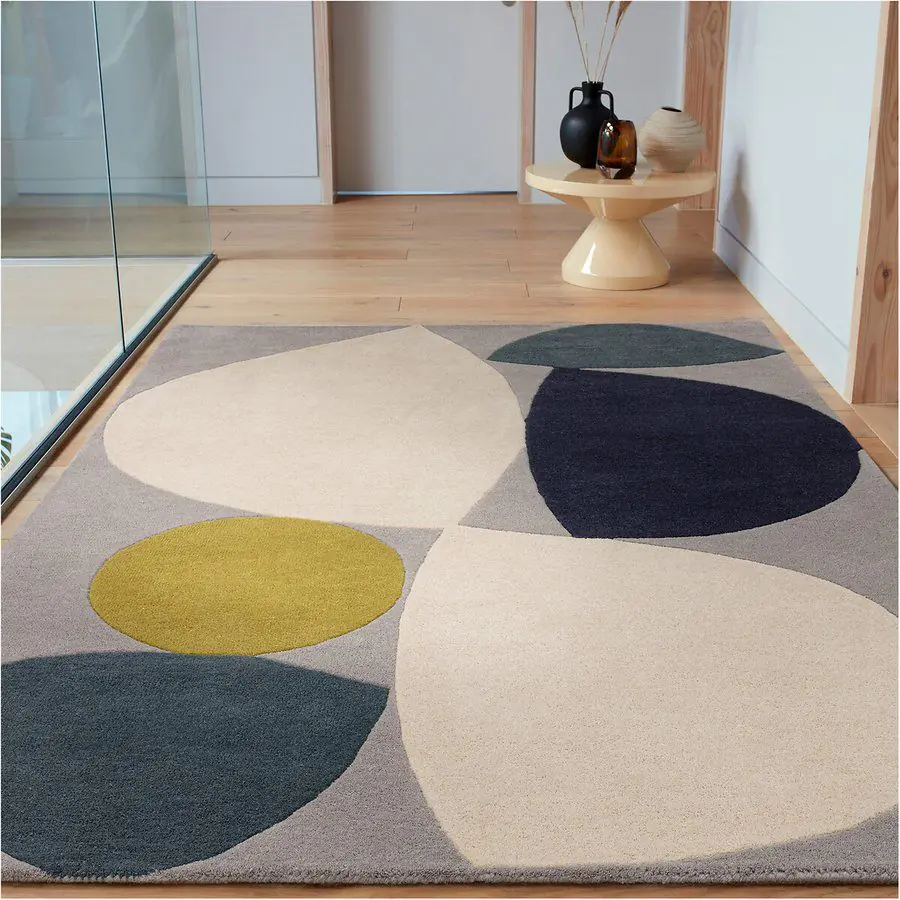
Wool compared with cotton
Cotton rugs are light and affordable, but they wear down more quickly. Wool rugs, by contrast, last longer and provide better insulation. Cotton works well in casual spaces, but wool remains the gold standard for durability.
Wool compared with silk
Silk rugs dazzle with sheen and intricate detail, but they are delicate. Wool rugs provide a balance of elegance and durability, making them more practical for everyday rooms.
Wool compared with synthetics
Synthetic rugs are inexpensive and stain-resistant, but they lack the natural resilience, breathability, and warmth of wool. A well-kept wool rug can last a lifetime, while synthetics usually need replacement after a few years.
Wool Rugs in Interior Design
Role in living rooms and social spaces
A wool rug unites furniture into a conversation area. Placing a rug beneath sofas and chairs creates cohesion and defines the social heart of a home.
Use in bedrooms and personal areas
Bedrooms benefit from wool rugs’ warmth and softness. A wool rug beside or under the bed makes mornings warmer and evenings more restful. In children’s rooms, wool rugs become soft play areas.
Wool rugs in modern offices
Offices gain quiet dignity from wool rugs. They absorb sound, reduce echo, and add warmth to otherwise formal spaces, balancing professionalism with comfort.
Weaving Techniques in Wool Rugs
Hand-knotted rugs
Hand-knotting is the most labor-intensive technique. Each knot is tied individually, and dense knot counts allow for intricate patterns. These rugs can take years to complete but last centuries.
Flatweaves and kilims
Flatwoven wool rugs are lighter and reversible. Kilims are perfect for layering or for smaller apartments where flexibility matters.
Machine-made wool rugs
Industrial looms now produce wool rugs in large quantities, offering affordable options. While they lack the soul of handmade rugs, they provide access to wool’s qualities for families worldwide.
Wool Rugs as Cultural Identity
Symbolism in patterns and motifs
Motifs in wool rugs carry meaning—diamonds for protection, flowers for fertility, and borders for continuity. Each pattern reflects the community that made it, linking craft to cultural identity.
Wool rugs as family heirlooms
Families pass down wool rugs as heirlooms, embedding them with stories. A rug that once sat in a grandmother’s house may later welcome guests in a granddaughter’s apartment, carrying history across generations.
Modern Usage of Wool Rugs Worldwide
Minimalist and Scandinavian designs
Today’s minimalist interiors often use neutral wool rugs to create calm, clean foundations. Scandinavian wool designs, with simple lines and muted palettes, dominate global design magazines.
Layering wool rugs in contemporary homes
Layering rugs has become popular: a large, neutral wool rug forms a base while a smaller patterned rug adds contrast. This technique creates texture and depth in living rooms and studios alike.
Care and Maintenance of Wool Rugs
Cleaning and vacuuming tips
Vacuum weekly on a gentle setting. Avoid rough brushes on fringes. Regular care keeps wool rugs fresh and dust-free.
Dealing with stains and spills
Blot spills immediately with a clean cloth. Never rub. Mild detergent or vinegar solutions can help, but for delicate wool rugs, professional cleaning is safest.
Storage and moth protection
When storing, roll the rug with the pile inward, wrap in breathable material, and keep off damp floors. Natural moth repellents help protect fibers during storage.
Investment and Value of Wool Rugs
Price ranges and what affects cost
Wool rug prices vary by size, knot density, and origin. A small machine-made wool rug may cost a few hundred dollars, while a large handmade Persian rug can cost tens of thousands. Antique wool rugs command even higher values due to rarity and craftsmanship.
Collecting antique wool rugs
Collectors seek antique wool rugs not only for beauty but also for history. Each antique rug is a cultural artifact, holding stories of its makers and owners. Museums and private collectors worldwide treasure them.
Sustainability and Wool Rugs
Eco-friendly aspects of wool
Wool is renewable and biodegradable. Unlike synthetic fibers derived from petroleum, wool returns safely to the earth at the end of its life. Choosing a wool rug supports eco-friendly living.
Natural fibers vs synthetic fibers
Natural fibers like wool improve indoor air quality, resist static, and reduce environmental waste. Synthetics may offer affordability but come at a cost to sustainability. Wool rugs are part of a responsible lifestyle choice.
Wool Rugs as Art and Heritage
Museum collections
Museums in Tehran, Istanbul, London, and New York preserve wool rugs as masterpieces of textile art. These collections highlight rug weaving as one of humanity’s great artistic traditions.
Wool rugs as wall hangings
In many cultures, wool rugs are not walked on but displayed on walls. This tradition continues today, as families hang prized wool rugs to show heritage and taste.
The Enduring Place of Wool Rugs
From nomadic tents to city penthouses, wool rugs remain part of human living. They are soft yet durable, practical yet elegant. They connect past and present, carrying heritage while fitting into modern design. A wool rug is more than a floor covering, it is a companion, a storyteller, and a family heirloom. With proper care, it will outlast furniture, travel through generations, and continue to warm both floors and hearts.
Frequently Asked Questions (FAQs)
Explore the finest interiors in the UAE market. Step inside stunning spaces. browse now!

